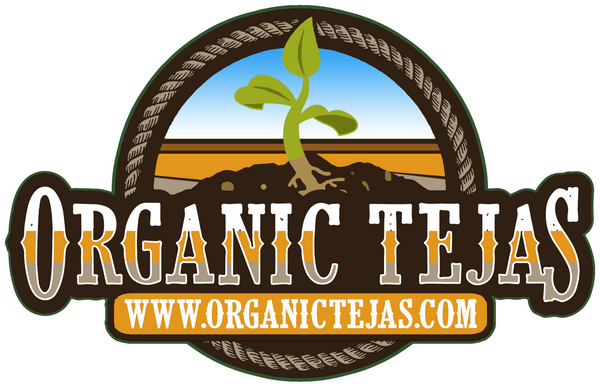
Unveiling the Uncommon Challenges of Gardening in the Texas Hill Country
Sam BrownShare
Gardening is an increasingly popular pastime that offers numerous rewards, including fresh produce, beautiful flowers, and a sense of tranquility. However, our region presents its own set of challenges. In the Texas Hill Country, an area known for its rugged beauty and diverse landscapes, gardening enthusiasts face some unique hurdles. Let's breakdown five distinct challenges that gardeners encounter in this captivating region, providing valuable insights and tips for overcoming them.
-
Erratic Weather Patterns: The Texas Hill Country is characterized by its unpredictable weather patterns, with extreme heat, sporadic rainfall, and occasional late frosts. These erratic conditions can wreak havoc on plants, making it challenging to establish and maintain a thriving garden. To combat this, consider using native and drought-tolerant plant species that are better adapted to the region's weather fluctuations. Implementing efficient irrigation systems, such as drip irrigation, can also help conserve water during dry periods.
-
Rocky and Alkaline Soil: The soil in the Texas Hill Country tends to be rocky, shallow, and alkaline, posing difficulties for many plants. The high pH levels in the soil can hinder nutrient uptake and affect plant health. To address this challenge, amending the soil with organic matter like compost can enhance its fertility and improve drainage. Raised beds or container gardening can be effective alternatives, allowing gardeners to create customized soil conditions suitable for a wider variety of plants.
-
Deer and Wildlife: The Texas Hill Country is renowned for its diverse wildlife population, including deer, rabbits, squirrels, armadillos and other critters that often find your garden a tempting buffet. Protecting your plants from these voracious visitors can be a continuous battle. Installing sturdy fencing, using repellents, and selecting deer-resistant plant species can help safeguard your garden. Additionally, incorporating native plants that wildlife find less appealing can reduce their interest in your garden altogether.
-
Scarcity of Water Resources: Water scarcity is a significant challenge in the Boerne area, as the region experiences periodic droughts. Maintaining a garden with limited water availability necessitates careful planning and conservation measures. Consider implementing rainwater harvesting systems to collect and store rainfall during wet periods. Using mulch around plants helps retain soil moisture, while applying water-saving techniques like deep watering and strategic timing can optimize water usage and minimize waste.
-
Native Plant Knowledge: The Texas Hill Country boasts a rich biodiversity and encourages the cultivation of native plants to preserve its natural heritage. However, identifying and understanding these native plant species can be daunting for newcomers to the area. Engaging with local gardening clubs, attending workshops, and consulting resources from reputable sources like the Lady Bird Johnson Wildflower Center can provide valuable insights into the native plants suited for the region. Incorporating native plants in your garden not only benefits the ecosystem but also increases the chances of successful growth.
Conclusion: Gardening in the Texas Hill Country presents its own unique set of challenges. By acknowledging and addressing these hurdles, gardeners can thrive in this captivating region. Adapting to the erratic weather patterns, amending rocky and alkaline soil, protecting against wildlife, conserving water, and embracing native plants are all crucial steps towards a successful garden. With perseverance, knowledge, and a bit of experimentation, gardening enthusiasts can enjoy the rewards of a thriving garden that harmonizes with the rugged beauty of Boerne and it's surrounding areas.
